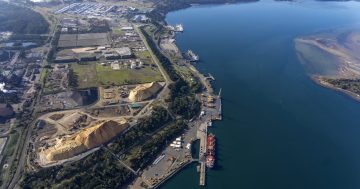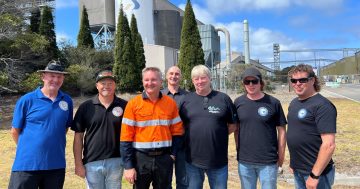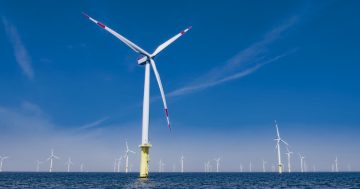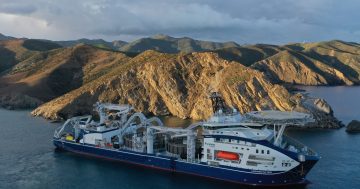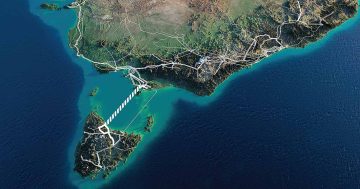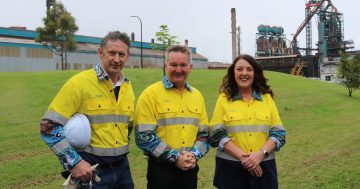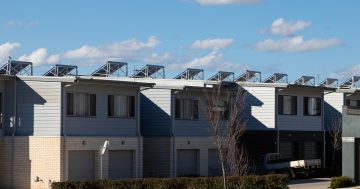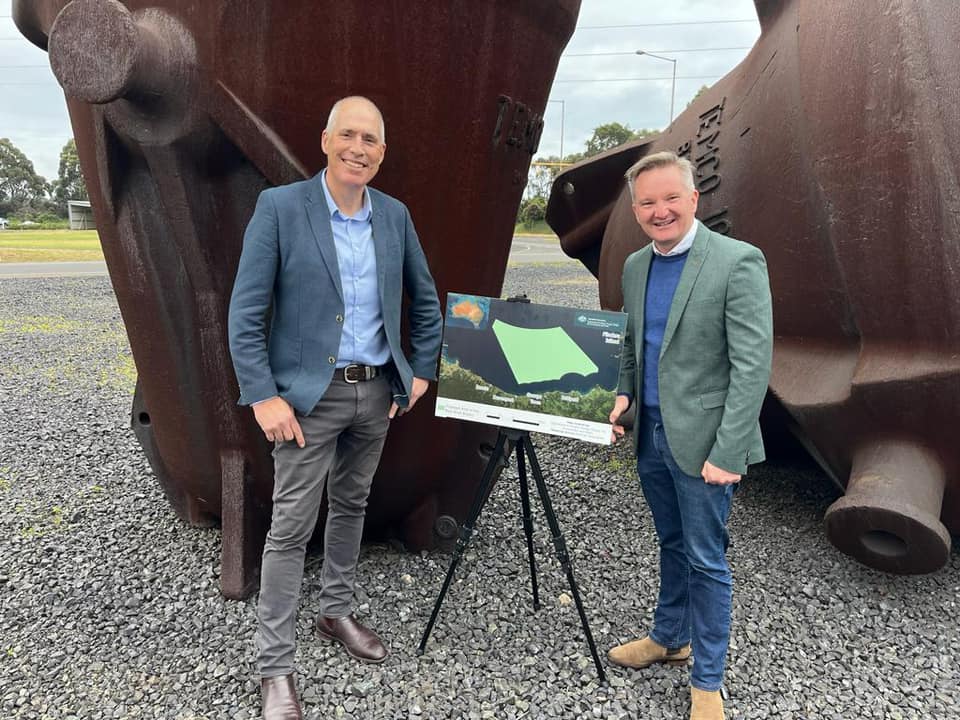
Tasmanian Minister Nick Duigan (left) and Federal Minister Chris Bowen (right) have both backed the proposed wind energy zone. Photo: Nick Duigan.
Consultation has opened on a wind energy zone off Tasmania’s north coast with the potential to generate 30 GW of electricity and power more than 20 million homes.
The Bass Strait wind energy zone jointly backed by the federal and state governments is slated to to unlock regional job opportunities and create cleaner, cheaper energy for Tasmania.
Federal Climate Change and Energy Minister Chris Bowen championed its benefits.
“The Bass Strait is renowned for its offshore wind resource,” he said. “This potential zone could transform Tasmania into a new clean energy powerhouse, spurring investment in Tasmanian communities, providing energy security for decarbonising heavy industry and creating thousands of jobs.”
Jobs created during construction and the zone’s ongoing operation could include engineers, electrical technicians, cable installers, crane operators, riggers, divers and administrators.
The zone is also critical to the Tasmanian Government’s ambition to get to 200 per cent renewables and help support long-term energy security for local heavy industry.
One spin of a turbine generates as much power as an average rooftop solar installation does in one day and the turbines spin roughly 15 times each minute.
Tasmanian Energy and Renewables Minister Nick Duigan said offshore wind would take the state’s renewable energy legacy to the next level.
“We are proud of our 100 years of hydro development which has made us a leader in the use of clean and sustainable renewable energy,” he said.
“The state needs more renewable electricity to put downward pressure on prices, secure our energy security, provide for the demand our growing economy and future industries need and continue our nation-leading zero emissions status.”
The proposed offshore wind project is within a declared zone that spans more than 11,000 square kilometres and is 20 kilometres from shore at its closest point.
Offshore wind projects cannot be developed outside of declared zones and a zone must be declared before individual projects can apply for licensing and environmental approvals.
Before any individual project is allowed to commence, approvals are needed for feasibility licences and strict environmental regulations. A public consultation period is also required.
Minister Bowen said the consultation would provide a genuine opportunity for communities to express their views on the proposal. “This consultation period is vital for communities, industry and businesses to have their say on an offshore wind zone in Bass Strait from its earliest stages, and we encourage everyone to put a submission in or attend a community consultation,” he said.
Submissions can be made until Wednesday 31 January. Several community drop-in sessions along the north coast of Tasmania will be held from Monday 4 December.
For more information on the Bass Strait offshore wind zone public consultation, visit the Australian Government website.


